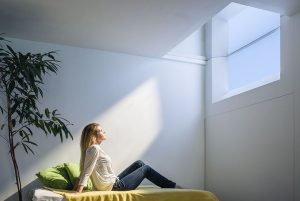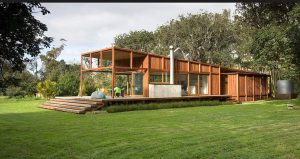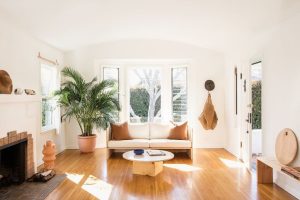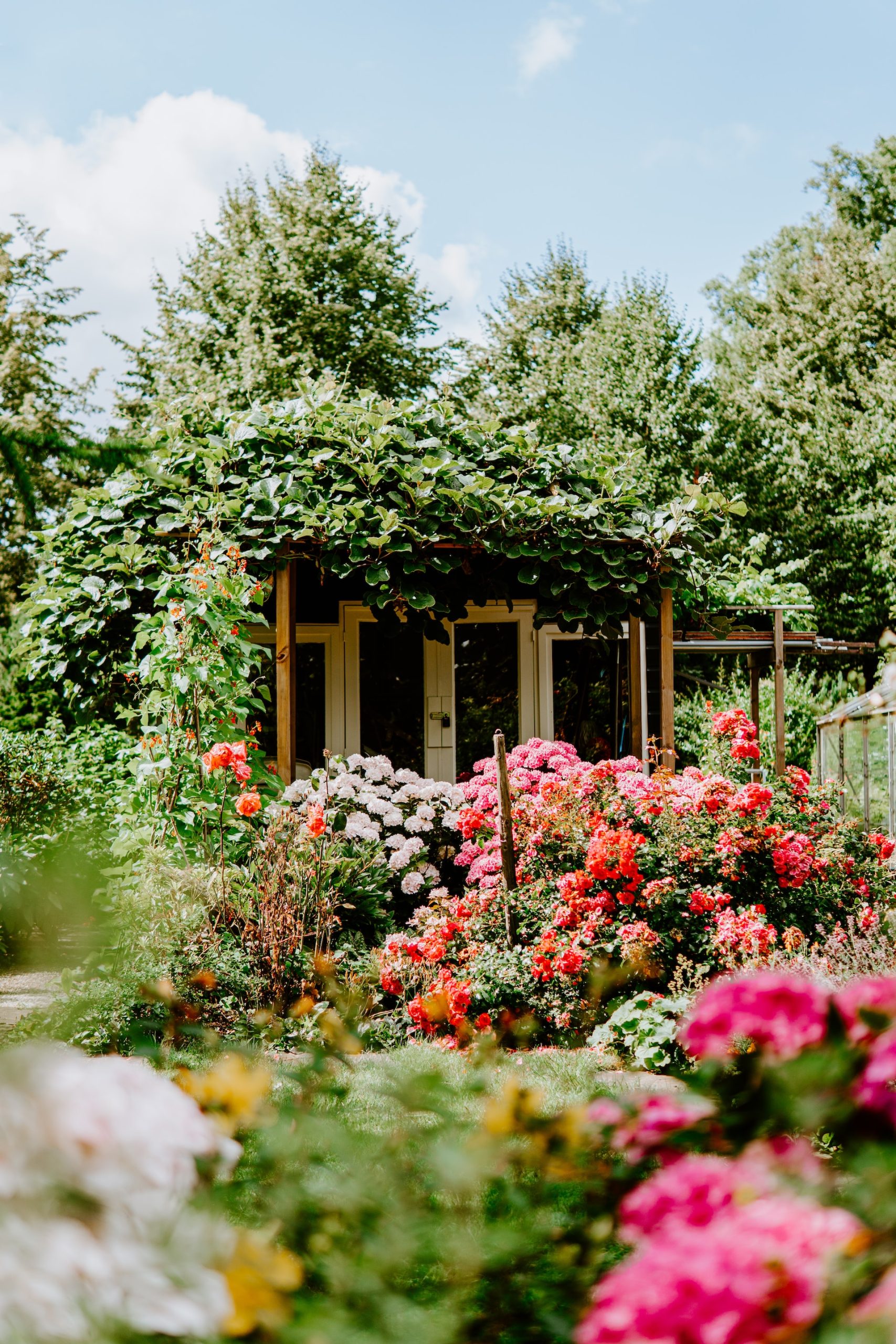Introduction
In today’s fast-paced world, it’s easy to feel overwhelmed by the stresses of daily life. From work pressures to constant digital distractions, mental health challenges are more common than ever. As we continue to recognize the importance of mental health, there is an increasing focus on how our physical environment can affect our well-being. A holistic home is one that goes beyond traditional design concepts to foster peace, calm, and Emotional Stability.
By designing spaces that promote mental health, we can create environments that actively support our emotional and physical needs. From the layout of the space to the materials used, holistic home design focuses on creating balance and harmony that encourages relaxation, mindfulness, and stress reduction. The goal is to build an environment that enhances not only your physical comfort but also your emotional and psychological state.
This article will guide you through the key elements of holistic home design and how you can incorporate them into your home to improve your mental health. Whether you’re interested in mental well-being spaces, mindful living spaces, or simply creating a calming space for relaxation, these principles will help you design a home that supports your overall health.
What Is a Holistic Home?

A holistic home is a living space that is designed with an emphasis on mental well-being, balance, and harmony. It takes into account how the environment can impact emotional and psychological health, and it uses design elements that support these aspects. The idea is to create a space that feels balanced, peaceful, and nourishing to the mind and body.
What Is This: How Does a Holistic Home Affect Mental Health?

The design of a holistic home can significantly impact mental health by reducing stress, improving mood, and creating an environment that supports overall well-being. For example, studies have shown that exposure to natural light can improve sleep patterns and boost mood, while incorporating nature into the home—such as with plants—can reduce stress levels and promote relaxation.
Key Elements of Holistic Home Design
When designing a holistic home, there are several important factors to consider. These design elements can enhance mental well-being by promoting relaxation, mindfulness, and emotional balance. Here are some of the key elements to incorporate into your home design:
1. Natural Light and Airflow

One of the simplest and most effective ways to support mental health in your home is by allowing for plenty of natural light. Exposure to sunlight has been shown to improve mood, regulate sleep, and increase productivity. Design your space with large windows, skylights, or glass doors that let in as much natural light as possible.
In addition to light, airflow is equally important. A well-ventilated space can help improve air quality and create a fresh, calming atmosphere. Make sure your home is designed to allow for proper air circulation, whether it’s through open windows, ceiling fans, or air-purifying plants.
2. Use of Natural Materials

Another important aspect of holistic home design is the use of natural materials like wood, stone, and bamboo. These materials have a calming effect and help create a sense of connection to nature. The texture and warmth of natural materials also contribute to a feeling of comfort and grounding.
Opt for natural wood furniture, stone countertops, and bamboo flooring to create an environment that feels warm and inviting. These materials not only look beautiful but also contribute to a sense of peace and tranquility in your home.
3. Calming Colors and Design

The colors you choose for your walls, furniture, and accessories can have a significant impact on your mood and emotions. For example, soft blues, greens, and neutral tones are known to have calming effects, while bold, bright colors can be energizing. When designing spaces for mental health, it’s important to choose colors that create a relaxing atmosphere.
4. Connection with Nature

Environmental wellness plays a crucial role in mental well-being spaces. Bringing nature indoors through plants, flowers, and natural decor items can help reduce stress and promote a sense of calm. Indoor plants are not only visually pleasing but also help improve air quality and add a sense of life to your space.
Try adding plants like peace lilies, spider plants, or succulents to your home. These plants are easy to care for and can be placed in various rooms to create a natural, peaceful environment. In addition to plants, consider incorporating other natural elements like wooden furniture, stone features, or natural fiber rugs to further connect your home to nature.
5. Minimalist Design and Decluttering

A cluttered space can lead to feelings of stress and overwhelm, which is why minimalist design is a key component of holistic homes. By embracing clean lines, open spaces, and simple furniture, you can create a calming environment that reduces mental clutter.
Focus on keeping your home tidy and organized. This will not only make your space feel more serene but also help reduce anxiety and promote relaxation. A minimalist approach to home design can encourage mindfulness and a sense of calm, allowing you to enjoy your living space more fully.
6. Dedicated Spaces for Mindfulness and Relaxation

Incorporating spaces for mindfulness and relaxation is essential in a holistic home. This can include a dedicated meditation room, a cozy reading nook, or a quiet corner for journaling and reflection. Having a space where you can unwind and focus on your mental well-being is an important part of the design.
Create areas in your home where you can retreat to when you need to recharge. Soft lighting, comfortable seating, and peaceful decor are key elements in these spaces. Whether it’s a reading nook by the window or a meditation room with calming scents and sounds, these spaces can help you maintain emotional balance and mental health.
Conclusion
Designing a holistic home in 2025 is a powerful way to enhance your Mental Health and create a living space that supports your well-being. By incorporating natural light, calming colors, natural materials, and minimalist design principles, you can create an environment that promotes peace, relaxation, and mindfulness.
Whether you’re building a new home or renovating your current space, focusing on designing spaces for mental health can improve your quality of life. Creating an environment that supports your emotional and physical well-being is one of the best investments you can make for yourself and your family.










